Alpaca
The Alpaca belongs to the South American Camelid group, together with the Vicuña, Guanaco and Llama. Since the Inka’s time, the fiber of the first three mentioned camelids, was used to make textiles of excellent details and beautiful designs which are preserved until now in the main museums. The Llama still is used as beast of burden in the Andes.
The Alpacas live over the 3,800 m. above sea level at the Andes of Bolivia, Chile and Peru, being the last one, the country in where 80% worldwide are concentrated.
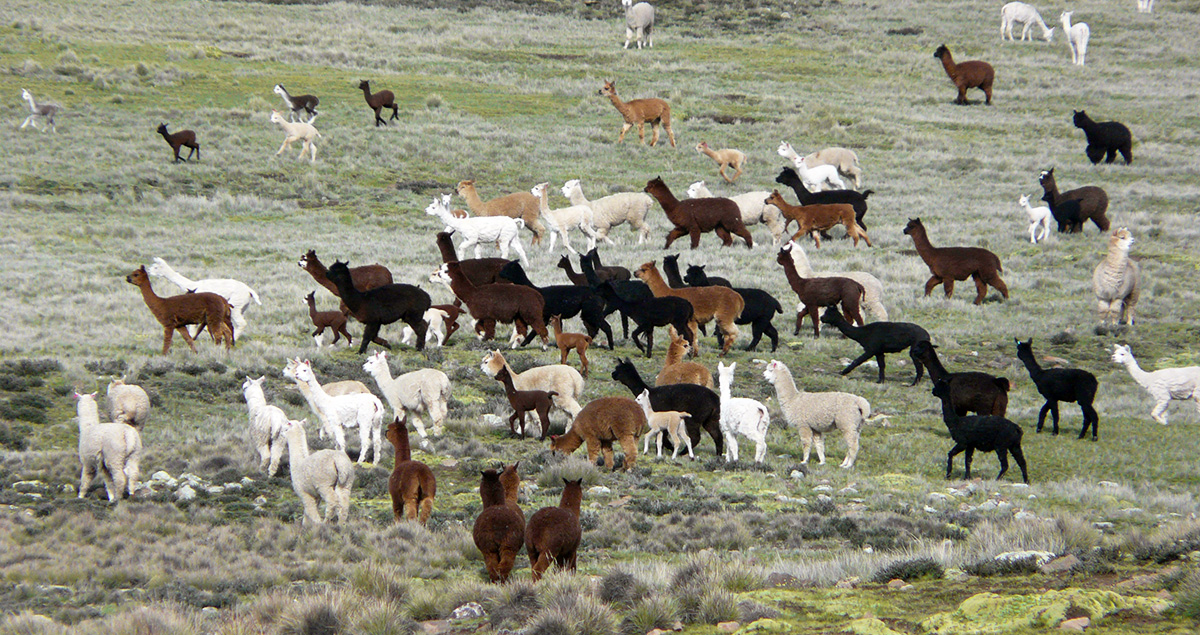
The Alpacas are mainly fed with a natural grass that grows over 3,800 m above sea level that is called “ichu”.
Its hair, called also fiber, has many natural colors and the tonal variation reach 22 colors in different shades going through the white, variety of brown between darker ones and lighter ones, and the grayscale up to the black color.
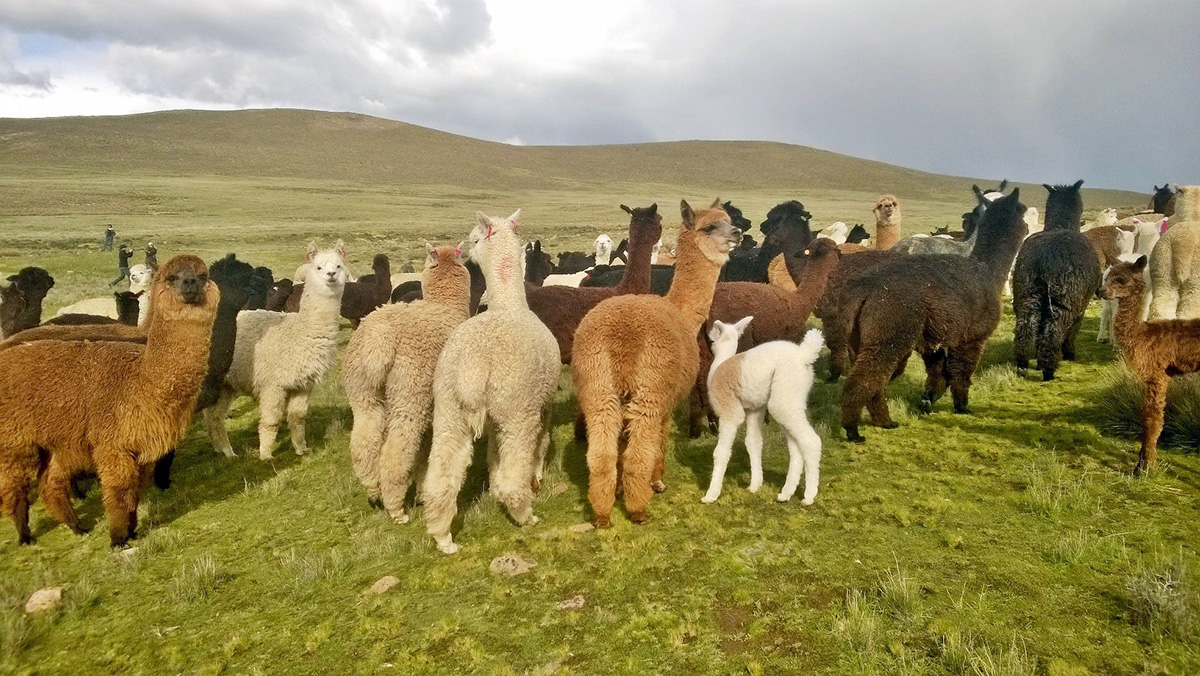
The “shearing” is the act of cutting the alpaca’s hair in a massive way, this event is held once a year between the months of November and December and exceptionally, there is another in April.
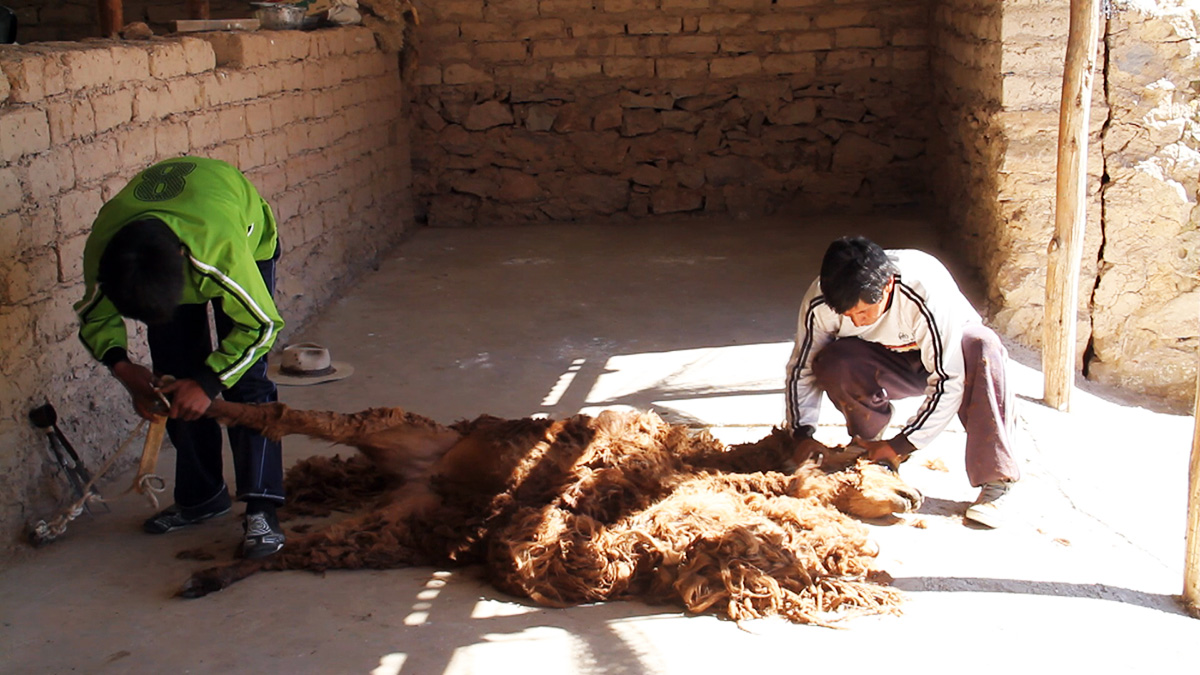
The “alpaca breeders” are the ones who take care of the alpacas. They are people who have small flocks and their animals are all they have, because with the sale of the fiber, they obtain the little money they must save until the next shearing.
The living conditions of the alpaca breeders are deplorable because besides living in areas at 4,000 m. above sea level, the temperatures, specially in winter time, reach up to 30 degrees below zero and they don’t have any heating due to the lack of electric light, reason why every winter many alpacas die as well as many people.
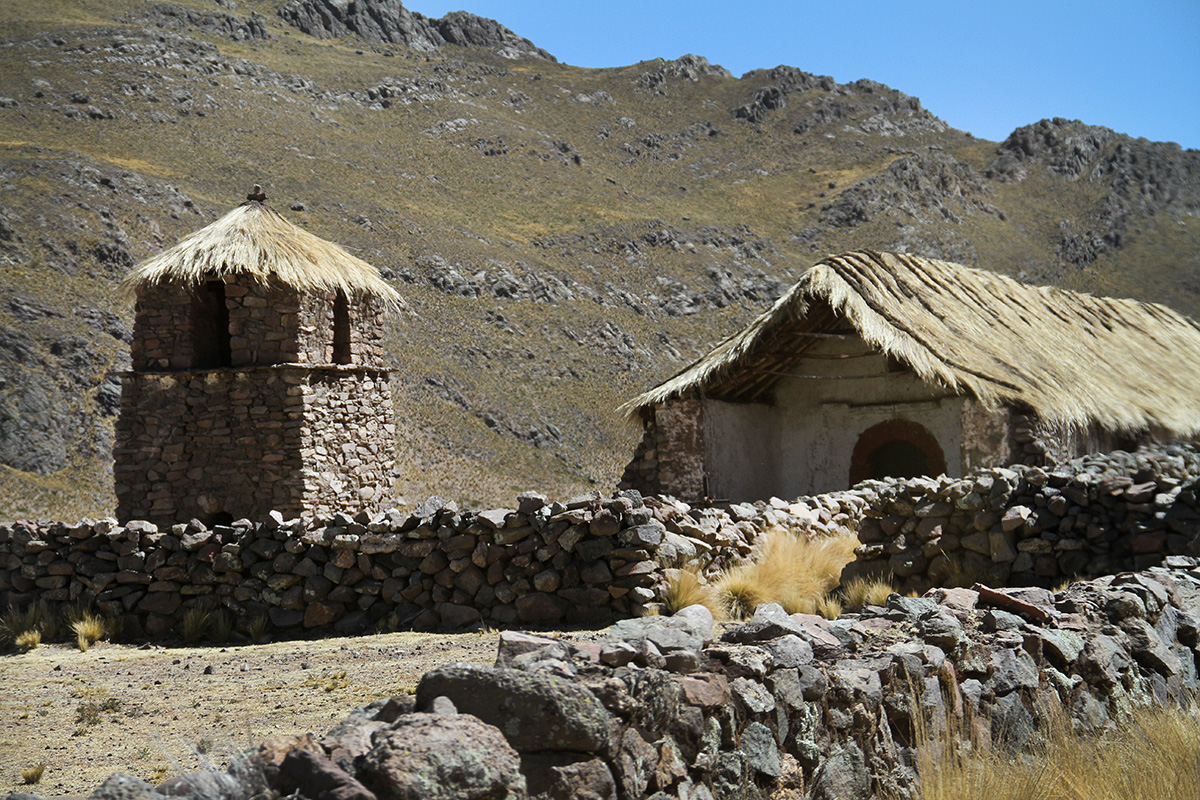
Some of them have made possible the constructions of huts to protect the animals from the snow and the rain.
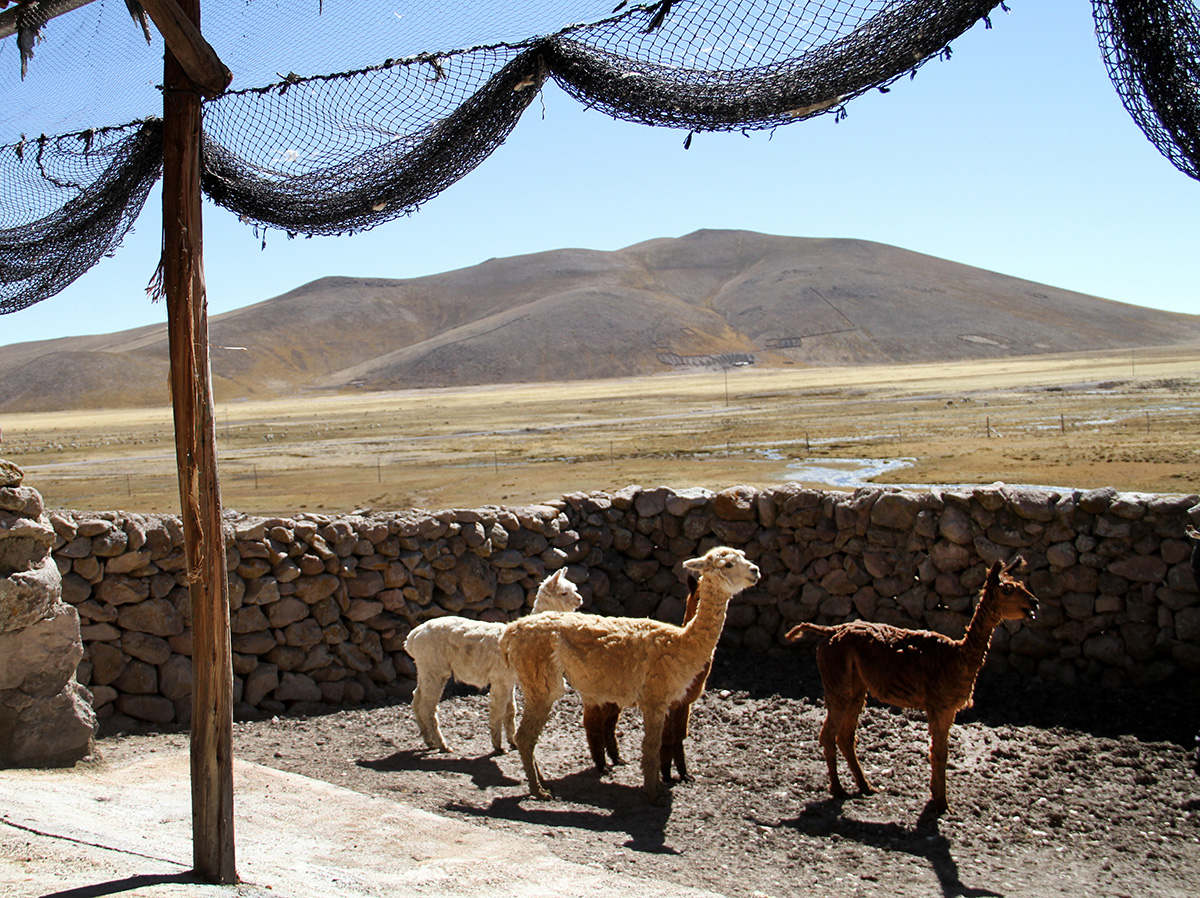
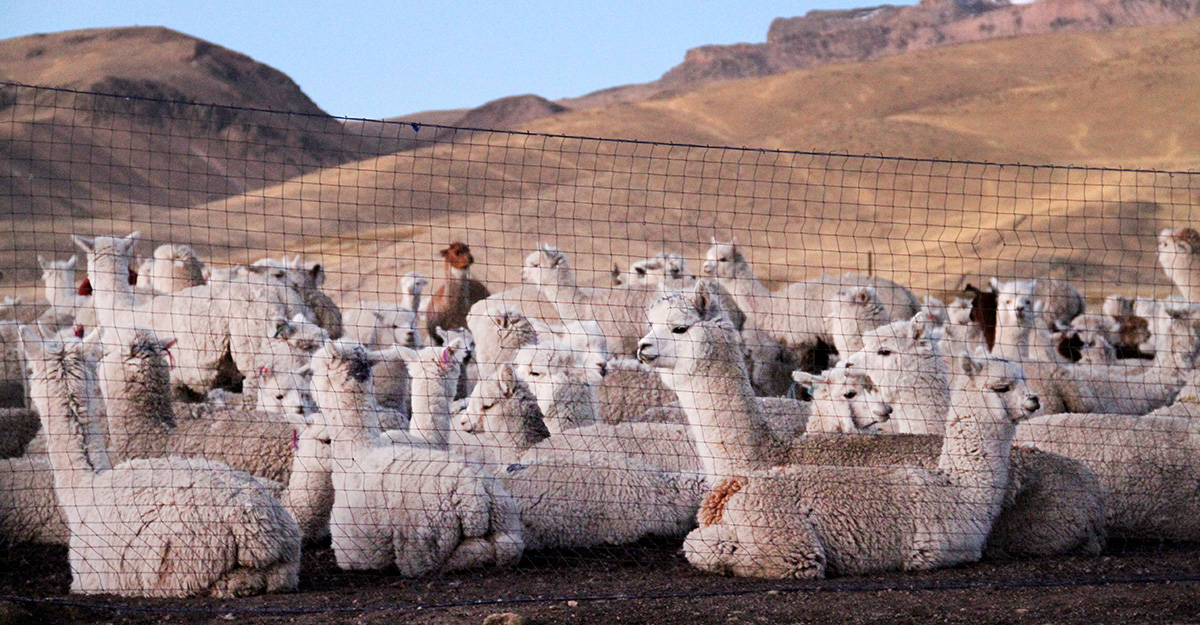
Its fiber has many attributes:
The alpaca fiber combines commercial attributes that made it superior to other fibers of fine hair
- 22 different natural colors.
- Mixing fibers could produce an infinity of natural colors.
- Strong and tough fiber. The fiber strength does not diminish with fineness, making it ideal for industrial process.
- It is soft and slight for the skin, due to its Contains microscopic air pockets that make it possible to create light weight and thermal clothing.
- It is three times more strong than the sheep hair and seven times more warm.
- It is soft and delicate to the skin, due to the cellular structure of the fiber that produces a soft touch that can not be matched by other fibers.
- It has a great visual look, a natural brightness that only have the garments made of 100% alpaca.
- It has a natural brightness after being dyed. It is compatible with systems of carded and combed yarns. Fabrics made from alpaca fiber have a range of thick fabrics as well as fine gabardine fabrics.
The alpaca fiber results to be one of the best in the World.
